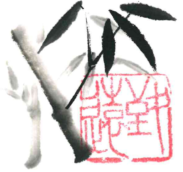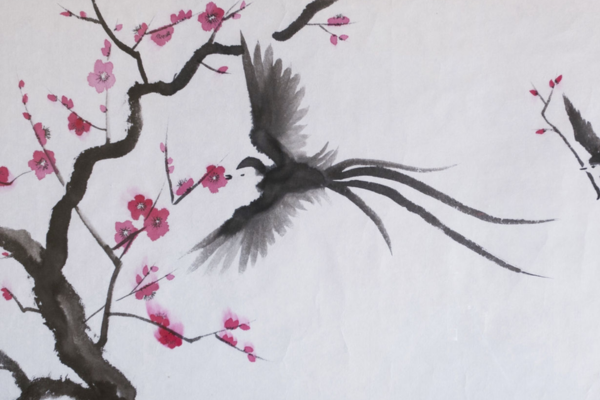Japanese painting is an ancient and fascinating art form that has captivated people from around the world with its beauty and harmony. If you’re interested in immersing yourself in this captivating world, you’ve come to the right place. In this step-by-step guide, we’ll teach you the fundamentals to get started in Japanese painting and you’ll discover how to capture the essence of this unique art. Get ready to explore the magic of Japanese painting and bring your own creations to life!
The essential elements of Japanese painting
To start your journey in Japanese painting, it is important to understand the essential elements that compose it. Here you will find everything you need to take your first steps:
Natural hair brushes
Natural hair brushes are a fundamental part of Japanese painting. These brushes, made of wolf or horse hair, allow you to create precise and subtle strokes, capturing the essence of your subjects. Make sure you have different sizes of brushes to adapt to different details and styles.
Japanese ink (Sumi)
Japanese ink, also known as Sumi, is the heart of Japanese painting. This ink, made from natural materials, offers a unique fluidity and deep color intensity. Learn to dilute the ink according to your needs and experiment with different shades to achieve fascinating effects in your creations.
Rice paper
Rice paper is the traditional medium used in Japanese painting. Its unique texture absorbs the ink in a particular way, bringing subtlety and elegance to your works. Be sure to choose a quality rice paper for better results. Experiment with different weights and textures to find the one that best suits your style.
Step by step to immerse yourself in Japanese painting
Now that you have the essential elements, it’s time to follow a step-by-step process to get started in Japanese painting. Follow these steps and discover the beauty of this ancestral art:
Step 1: Connect with the philosophy
Japanese painting is closely linked to philosophy and connection with nature. Take a moment to understand and appreciate the concepts of serenity, imperfection, and transience that define this art. Observe the beauty in the little things and seek to capture fleeting moments in your creations.
Step 2: Practice the basic strokes
Before tackling more complex works, spend time practicing the basic strokes of Japanese painting. Experiment with different thicknesses and pressures of the brush, creating straight lines, curves, and soft strokes. Master the technique of the single stroke and feel how the brush becomes an extension of your hand.
Step 3: Explore the ink and its effects
Japanese ink offers a variety of effects and possibilities. Experiment with different concentrations of ink and water to achieve different shades and textures. Learn to apply the ink subtly and delicately, allowing the nuances and contrasts to come to life in your works.
Step 4: Find your inspiration in nature
Nature is an inexhaustible source of inspiration for Japanese painting. Observe the landscapes, flowers, birds, and natural elements that surround you. Capture the essence of nature in your work, seeking to convey its beauty and serenity through your brushstrokes.
Step 5: Experiment and find your style
Japanese painting is an ever-evolving art. Experiment with different themes, techniques, and styles to discover your own artistic voice. Don’t be afraid to explore, make mistakes, and learn from them. Each stroke will bring you closer to your own unique style.
In conclusion, Japanese painting is a thrilling and rewarding journey. Follow this step-by-step guide, familiarize yourself with the essential elements, and immerse yourself in the beauty and harmony of this ancient art. Remember that constant practice, observation of nature, and experimentation will lead you to develop your own style and create works that reflect your connection with Japanese painting. Enjoy the process and let yourself be carried away by the magic of this unique art!


